Case Studies
In-Depth Case Studies on Companies From Diverse Industries
Manufacturing Transitioning from shift to shift does not have to be a battle.

Situation
A manufacturing company was having problems with shift workers complaining about the other shifts not leaving their stations or booths clean. Shifts began running behind because they had to clean up after the person before them. Human resources tried implementing disciplinary action on the ‘messy’ employees but this only aggravated the problem.
Construction Conflict can be healthy for an organization if it is skillfully addressed.

Situation
We were asked to conduct a state-wide training for the cement truck drivers working at a construction company. The problem with the drivers had become so heated, they worried about people getting hurt. At times, the cement trucks were not cleaned at the end of a shift, as drivers parked and walked away. They had been having so much conflict between the drivers, it was costing them time, money and personnel.
Let’s work on a plan together.
Download your Free Step-by-Step guide on, How to Win at Growing Valuable People: How to Bring Out the Best in People. Get started today!


